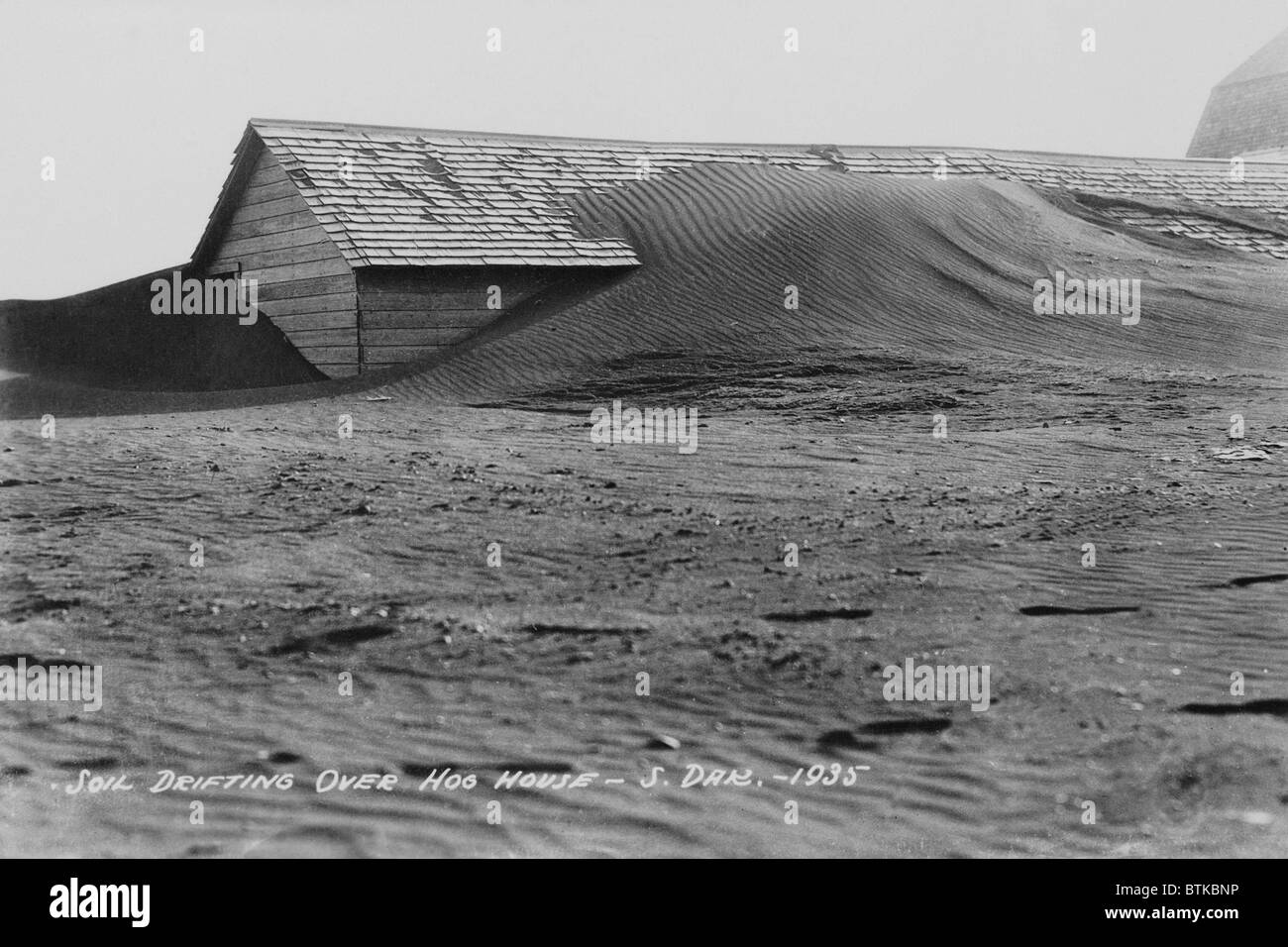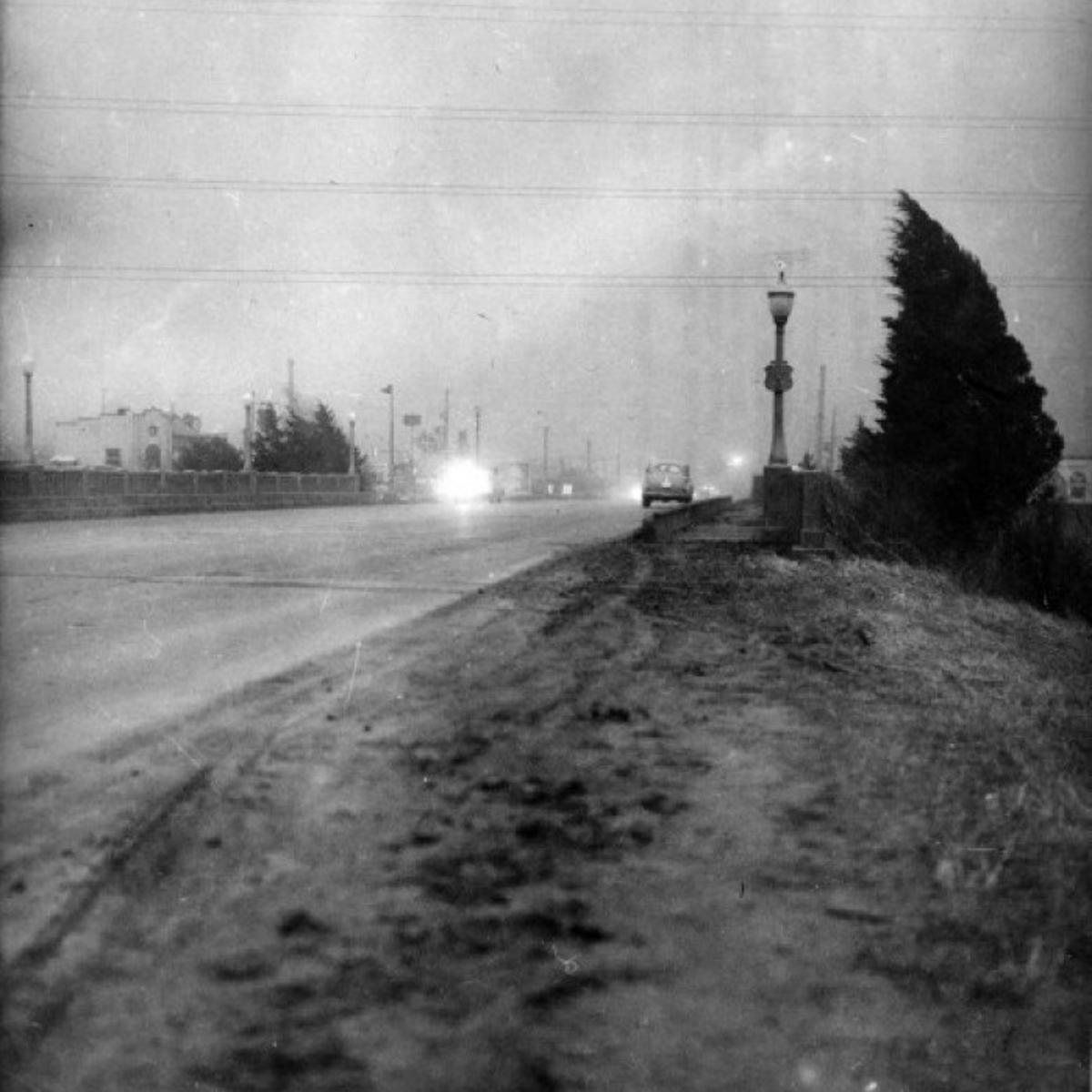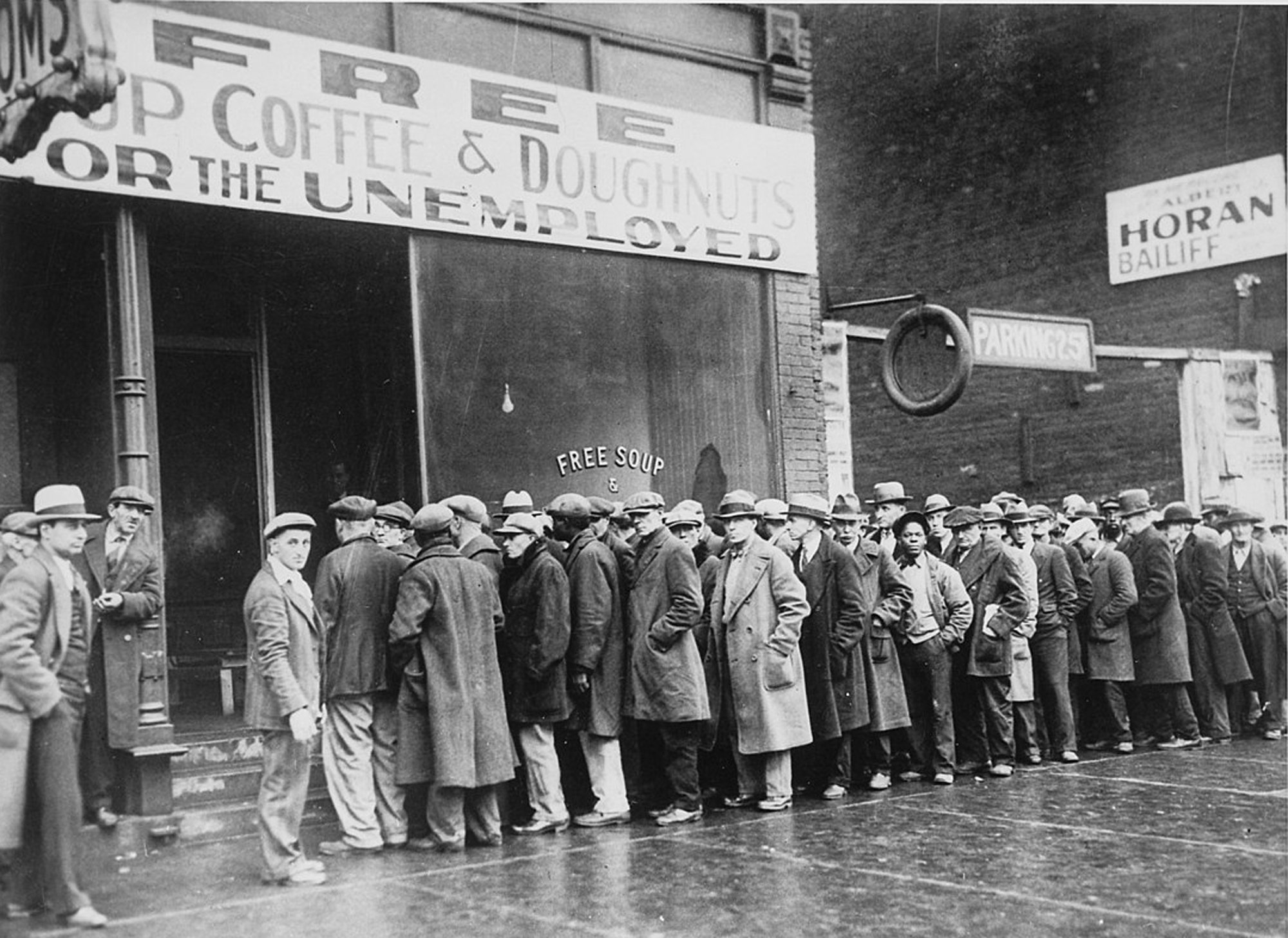Dust Bowl Great Depression Canada

Simply turned to dust is a little misleading.
Dust bowl great depression canada. Dust Bowl refugees in California 1936. Dust fell on the national Mall and seeped into the White House where President Roosevelt was discussing plans for drought relief. And then the dispossessed were drawn west--from Kansas Oklahoma Texas New Mexico.
Dust in Chicago Boston Manhattan Philadelphia and Washington gave the great cities of America a dose of what the people in the little communities of the High Plains had been living with for nearly two years. Millions of Canadians were left unemployed hungry and often homeless. The infamous Dust Bowl of the 1930s which much of the central part of the nation simply turned to dust.
Throughout most of the 1930s and into the early 1940s the Dust Bowl turned much of whats now known as the American heartland into a virtual wasteland. Highway 99 near Tracy California February 1937. Answer- an Associated Press reporter 2 Where did some of the dust storms come from.
Feb 17 2019 Matthew Gaskill. Also referred to as the Dirty Thirties the Dust Bowl affected over 100000000 acres of agricultural land across Canada and the United States. The dry soil was caused by a few things.
From Everything To The Very Thing. The Dust Bowl was a period of severe dust storms that greatly damaged the ecology and agriculture of the American and Canadian prairies during the 1930s. Nearly 14000 farms were abandoned during the depression.
Next ask students to write five words that they think of when hearing about the Great Depression or the 1930s in the United States. The Dust Bowl intensified the crushing economic impacts of the Great Depression and drove many farming families on a desperate migration in search of work and better living conditions. The Dust Bowl was the name given to the drought-stricken Southern Plains region of the United States which suffered severe dust storms during a dry period in the 1930s.



















